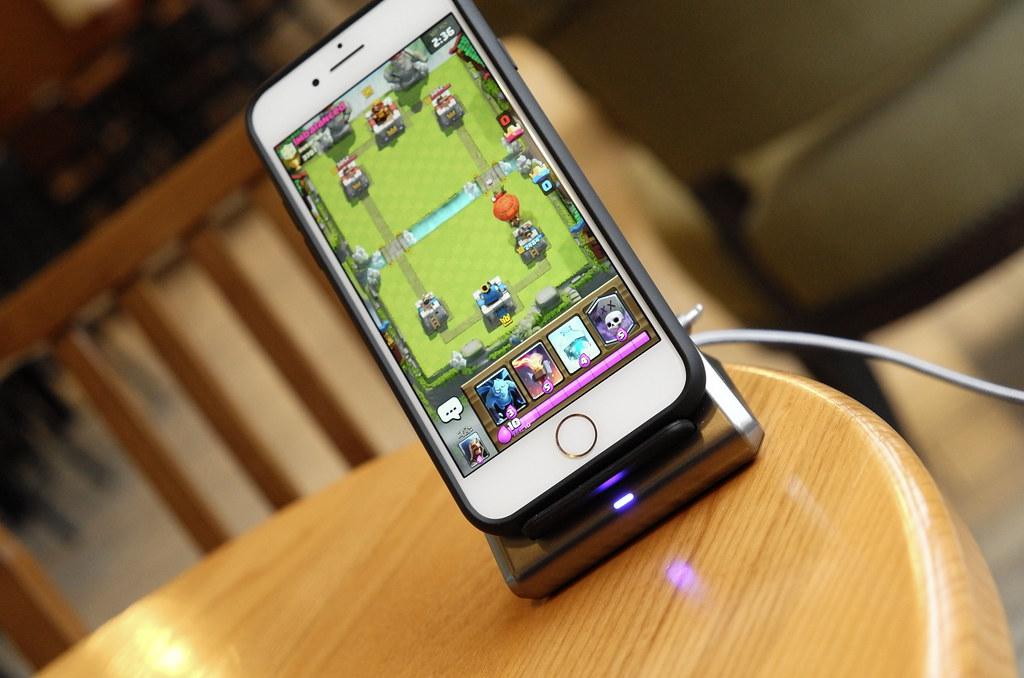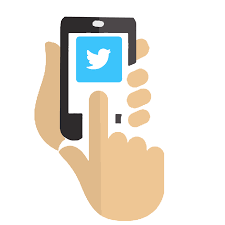How does wireless charging work?
It can be annoying when you have got a dozen of mobile phones at home and only a couple of sockets and chargers. In the busy world, you can’t afford to live a working-hour without a mobile phone or low battery.
But as wireless charging becomes more advanced, it could be used to power a variety of things other than phones or watches, such as lamps, experts say. Now the thing that boggles your mind, what is wireless charging? Is it possible to charge a mobile through a wireless charger?
The concept of wireless charging has been around since inventor and physicist Nikola Tesla first concluded that you could transfer power between two objects via an electromagnetic field.
In plain words, wireless charging uses a loop of coiled wires around a bar magnet known as an inductor. As the electric current passes through the coiled wire, a magnetic field is created around the magnet, which can then transfer a voltage or charge, said Ron Resnick, president of the Power Matters Alliance.
“Most wireless power stations nowadays use a mat with an inductor inside, although electric toothbrushes, for example, have long had wireless charging embedded in their bases. Because the strength of the electromagnetic field drops sharply with distance (as the square of the distance between the objects), a device must be fairly close to a charging station to get much power that way,” Resnick said.
How Does Wireless Inductive Charging Work?
Wireless chargers consist of two primary induction coils. One sits in the charging base ( known as mat) while the other is in the portable device in need of a charge (like a smartphone, tablet etc.). Mat’s responsibility is to generate an alternating current (AC) from within the base. The coil could be in two forms: in the form of a pad that clips to your phone, a circuit embedded inside your phone, or a replacement battery cover with a built-in charging coil that gets connected to the charging socket. Together they form an electrical transformer.
When you switch on the power supply to the charging base, AC flows through it and creates an electromagnetic field around the primary coil. And when the secondary coil (the one housed in the smartphone) comes in close proximity to the former, an electric current is generated within the coil.
The AC current that is flowing through the coil in smartphone is converted into DC (Direct Current) by the receiver circuit. The DC generated charges the battery of the smartphone.
What are the advantages of wireless charging?
- A safe way to charge your phone.
- No fidgeting with the socket. Just drop your phone on the charging pad.
- No strain on the charging port of your phone.
What are the disadvantages of wireless charging?
- Wireless charging is slower than wired charging.
- We often use phone while it’s being charged through a wire, but you can’t use your phone when it’s placed on charging pod ( in wireless charging).
- Not all phones have it.












Leave a Reply